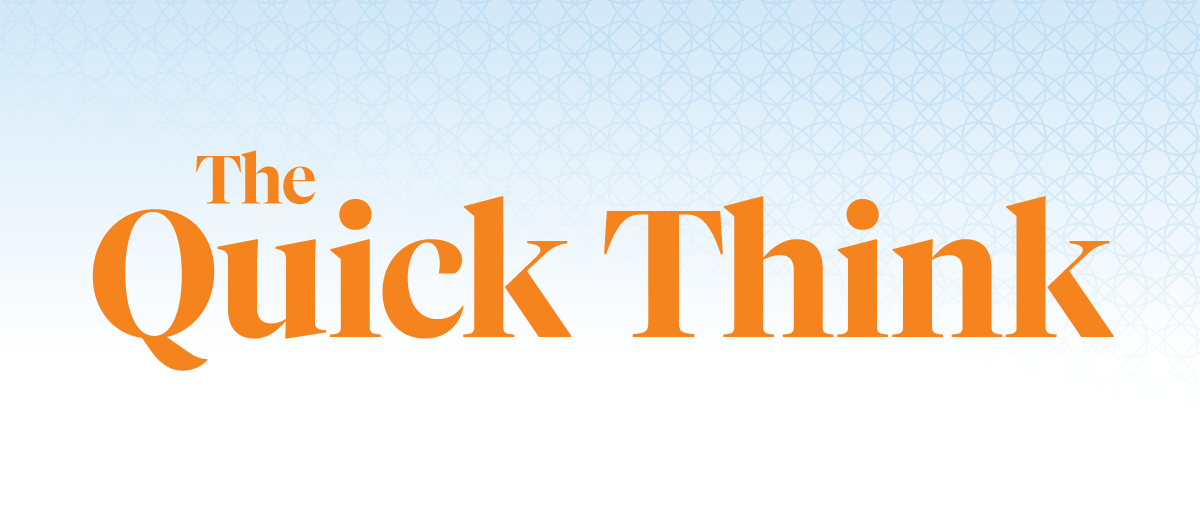The US Surgeon General urged social media companies to do more to combat rampant sharing of health misinformation. It was a slight walk-back from the President’s earlier comments that tech companies are “killing people” by allowing misinformation to be propagated on their sites. (Biden has also softened his statement.) Then, on Thursday, Senator Amy Klobuchar put forward a bill that would “strip online platforms such as Facebook Inc. and Twitter Inc. of their liability protections if their technologies spread misinformation related to public-health emergencies.”
What it Means for Your Hospital
(2-minute read; 18-minute podcast)
Can your clinicians go toe to toe with Dr. Facebook? Yes and no.
Yes, doctors and nurses remain highly trusted when it comes to health information. But both younger and lower-income demographics express less trust in their doctor. Fewer young adults have a primary care provider than do older generations. And the percentage of people who consider healthcare overall in the U.S. “good or better” has dropped below pre-pandemic levels.
There’s been a shift in the relationship between patients and the medical community. It’s less personal, more transactional. At the same time, people are forming strong online relationships, turning to Facebook and the like to find, validate and act on information.
The national buzz is heating up on how we should combat misinformation and the relative contribution of individuals, tech companies and government.
But closer to home, do local healthcare providers have a responsibility to step in and correct misinformation their patients may be receiving? And how can the marcom pro on the ground help stem the tide of misinformation on vaccines or any other topic? This may help:
- Get in the fight. After an exhausting year putting out hour-by-hour information, many marcom teams have refocused this year on other critical issues facing their organization. But you’re needed, spreading as much good information as possible.
- Activate your existing supporters. You can’t do it alone. The good news is that you have an army of brilliant and enthusiastic people with credibility to help. Your clinicians and your patients themselves. Help them all to spread the word. Provide tip sheets with do’s and don’ts for talking to friends and family.
- Similarly, use relationships where they exist. On the latest Touchpoint podcast, pediatric gastroenterologist and digital health expert Dr. Bryan Vartabedian said while he’s not normally involved in the vaccine conversation with patients, he has persuaded many skeptical teens to getting the COVID-19 jab just as part of the “one-on-one connection, the grassroots-level conversation” during a visit. So, yes, despite the trends we noted above, the doctor-patient relationship isn’t dead, yet. And that white coat can also exert significant influence outside of the exam room – with friends and neighbors.
- Go where they are. You’ve got a well-designed Facebook page for your organization. But just how accessible, friendly and conversational is it? Review your online properties and make sure you’re not just using them as a bulletin board to highlight Heart Health Month. Then, see where you can expand – we’re looking at you, TikTok. Create engaging posts for the channels where your patients spend their time. Might feel weird at first, but it puts the information in the right spot – and your team might have some fun along the way. Be sure to tell your patients about these channels so they know to look for you and spread the word.
- Partner up. Early in the pandemic we saw public collaboration between otherwise bitter rivals. Now might be a good time to bring that back. Think about how powerful it would be for the public to see two competing hospitals standing side-by-side. Then, call your peer down the street and invite them to join forces. Maybe even choreograph some TikToks together.
Want more? Check out the 18-minute conversation featuring Jarrard Inc.’s Kim Fox and Tim Stewart:






